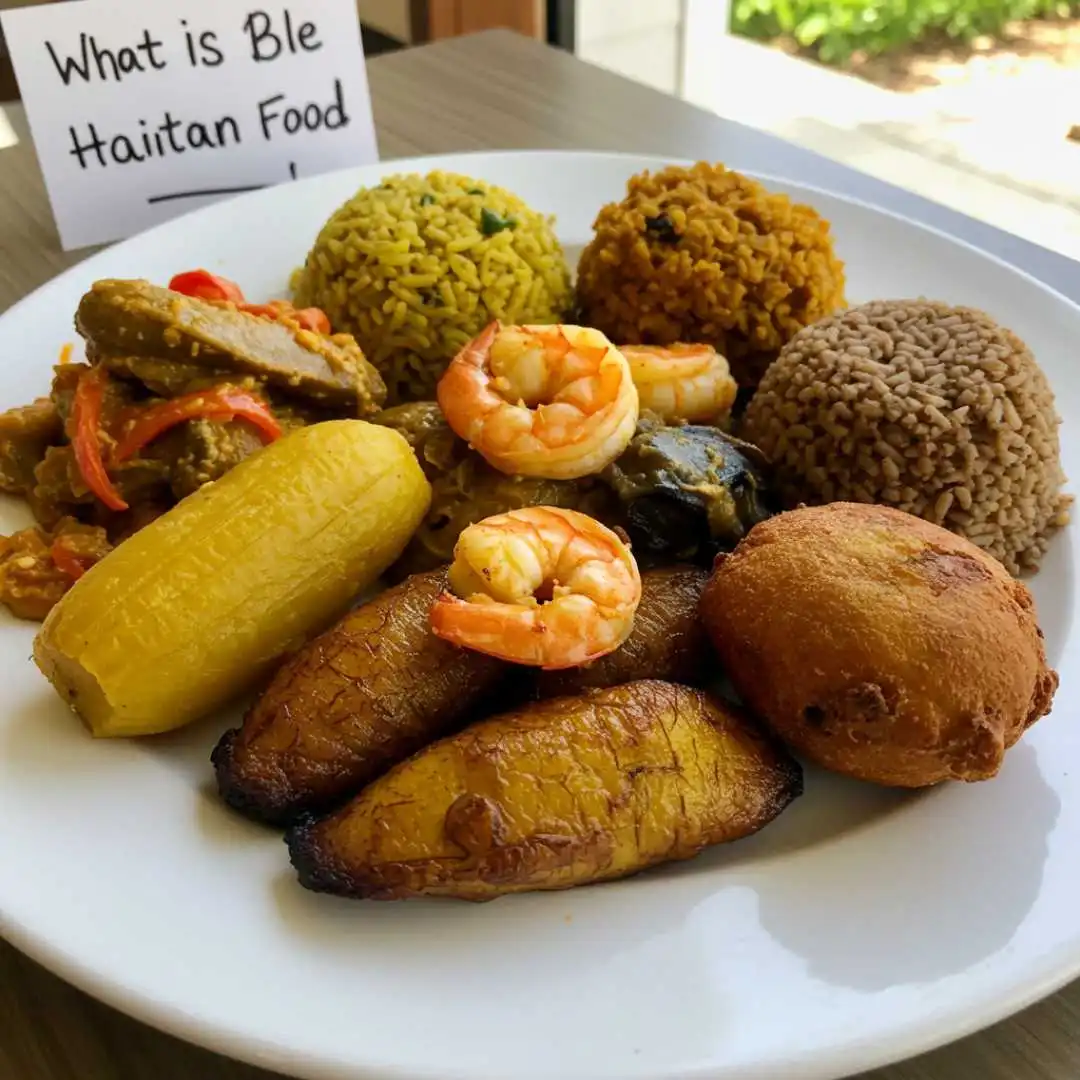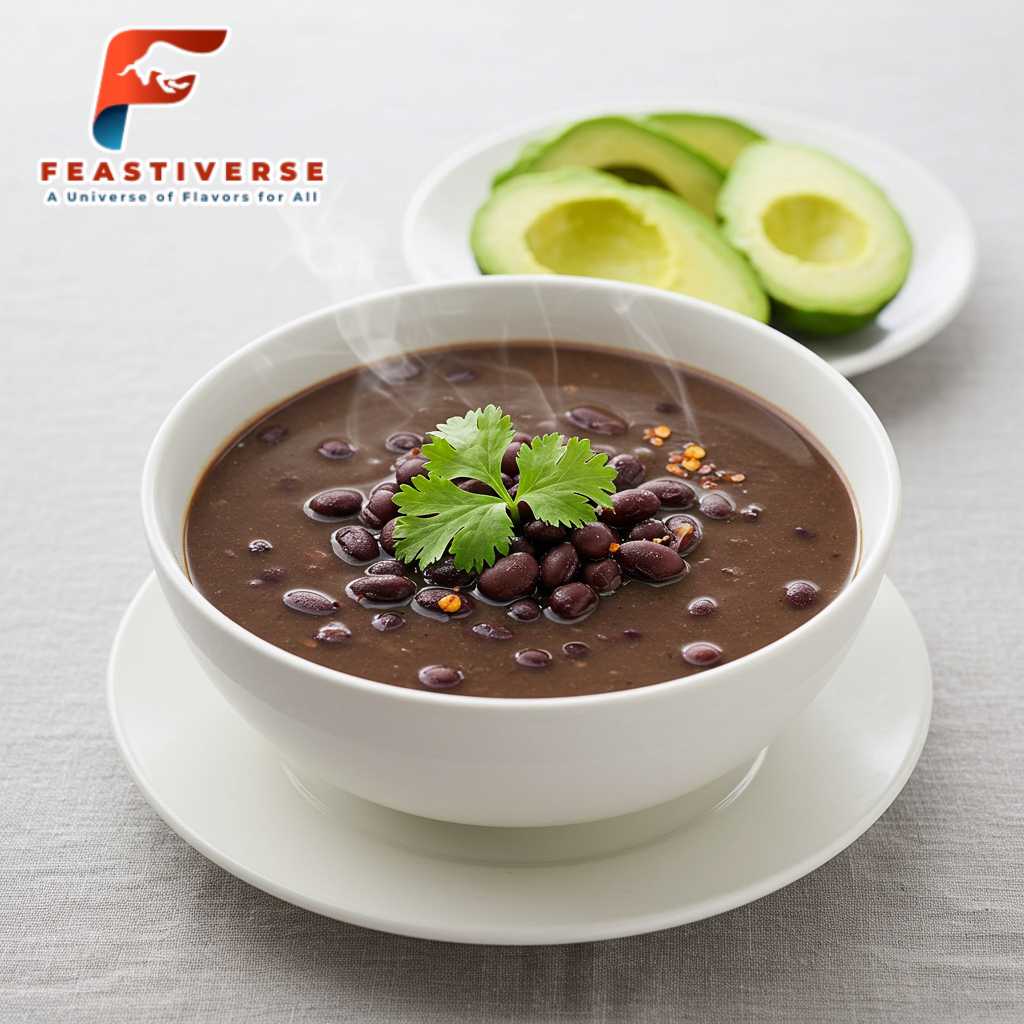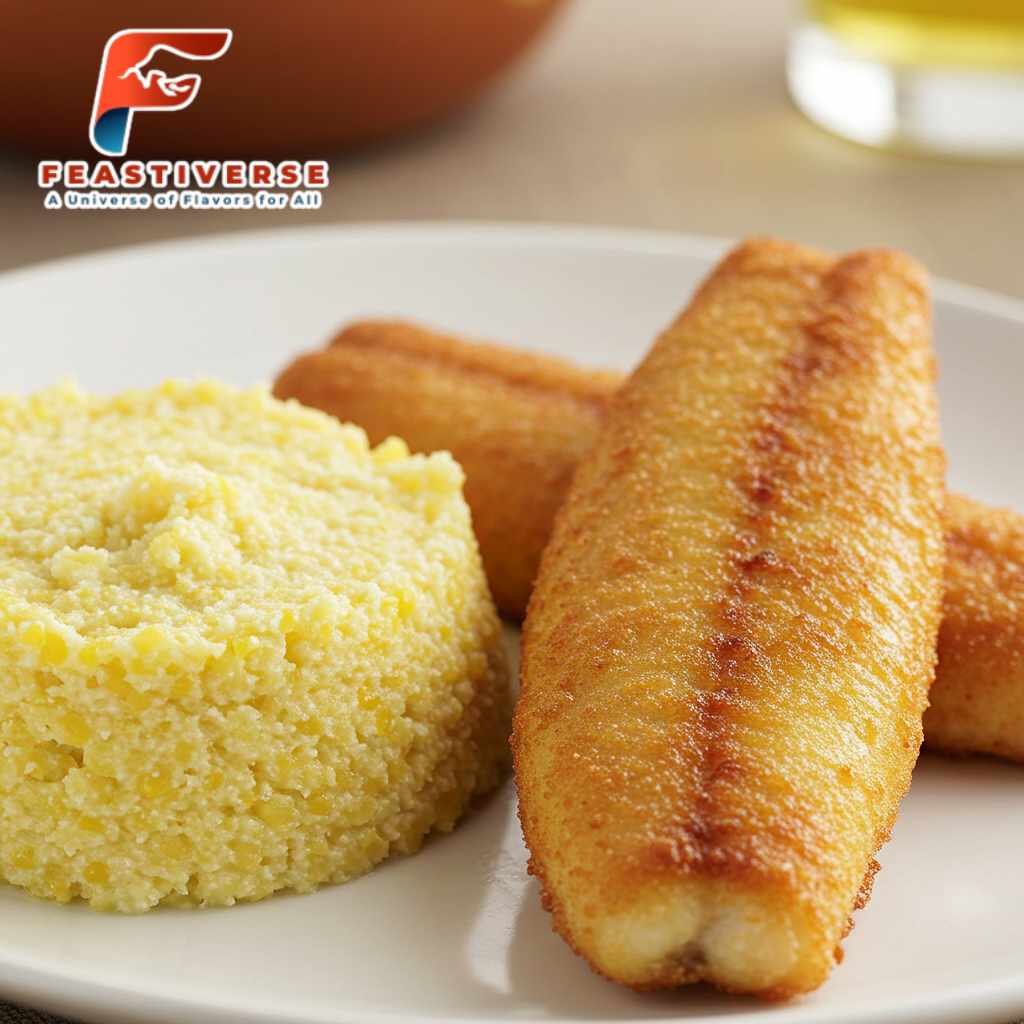Cultural Significance of Ble in Haitian Life
In Haitian cuisine, ble isn’t just food—it’s identity, history, and resilience all on one plate. From rural fields to city kitchens, ble Haitian food carries a powerful cultural meaning that reflects how deeply food is tied to Haitian life.
A Food Tied to the Land
Corn is one of the most accessible and reliable crops in Haiti, making haitian ble food a staple, especially in the countryside. It requires minimal water, grows in tough soil, and is harvested by many farming families. This gives ble Haitian dish a symbolic tie to survival, self-reliance, and rural pride.
While bulgur wheat and rice have also found their place in Haitian food, it’s ble that often shows up at breakfast tables or in Sunday meals, flavored with coconut milk or served with hearty sauces. When people ask, what is ble Haitian food, they’re really asking about the soul of Haiti’s rural communities.
Ble in Haitian Proverbs and Sayings
Like many things in Haitian culture, food shows up in language, humor, and wisdom. Here are a few Haitian Creole proverbs where ble or food reflects life values:
“Se pa grangou ki touye ble.”
Translation: Hunger doesn’t kill cornmeal.
Meaning: Simplicity and basic foods like ble are enough to keep you going. You don’t need luxury to survive.
“Ble pa manje sèl, li bezwen sos.”
Translation: Cornmeal doesn’t eat alone—it needs sauce.
Meaning: Life (and food) is better when paired with the right things—like friends, family, or balance.
“It’s not just star anise, it’s also fèt.”
Translation: You can’t put star anise on cornmeal and call it a celebration.
Meaning:Fancy ingredients don’t change the basics—real joy comes from intention, not decoration.
These sayings reveal a lot about what Haitians eat, how they think, and why ble Haitian food in English still doesn’t fully capture its depth. Ask a Haitian elder what is Haitian food like, and they’ll probably start with haitian ble, and maybe share a proverb or two over a warm bowl of labouyi ble.
Where to Buy Haitian Ble in the U.S.
If you’re trying to recreate the comforting taste of Haitian ble food at home, finding the right cornmeal is key. Whether you’re new to Haitian cuisine or grew up eating ble Haitian dish with beans or salted fish, getting authentic ingredients makes a big difference.
Local Haitian Markets and Grocery Stores
The best places to find ble Haitian food in the U.S. are in cities with large Haitian communities—Miami, New York City, Boston, and parts of New Jersey. Local Caribbean grocery stores often stock it under names like “Mayi Moulen” or simply “Haitian Cornmeal.” Some stores even carry fresh-made versions of labouyi ble, a breakfast porridge made Cornmeal, coconut milk, and spices like star anise.
If you’re ever wondering what do Haitians eat or what is a typically Haitian meal, stroll through one of these markets—you’ll find not only haitian ble but also staples like red beans, salted meats, and fresh produce to match.
Best Online Sources
Not near a Haitian store? No worries. You can find ble Haitian food in English-labeled packaging on Amazon and other online retailers specializing in Caribbean goods. Try searching for:
Popular and trusted brands include:
Lakay Foods– known for its authentic Haitian-style grind.
Grace – a Caribbean staple with wide availability.
Goya– while not always labeled Haitian, some varieties mimic the coarse texture used in haitian food ble dishes.
Whether you’re making a side dish or experimenting with bulgur wheat alternatives, these sources can help you keep tradition alive in your kitchen.
Is Ble Still Popular with Young Haitians?
Yes, but it’s evolving
While older generations may remember ble Haitian dish served simply with bean sauce or salted fish, today’s Haitian youth are putting a fresh spin on this traditional staple. In major cities like Port-au-Prince, younger Haitians tend to eat a more diverse range of foods—fast food, global cuisine, and convenience items—but haitian food ble still holds a place in the heart of the culture.
For many, it’s the taste of childhood. Even those who’ve moved abroad still search for ble Haitian food in English-labeled packages or make labouyi ble at home for comfort. Some now serve ble with creative twists: sliced avocado, hard-boiled eggs, or even cheese melted on top.
In rural areas, ble remains essential—cheap, filling, and deeply tied to haitian cuisine. It’s a meal that unites generations, reminding families of their roots, their land, and their shared history. Ask any Haitian what is a typically Haitian meal, and chances are haitian ble food will come up, whether in the form of a breakfast porridge or a midday plate with legumes.
Even as what Haitians eat continues to evolve, ble proves resilient—showing that food doesn’t just feed the body, it keeps tradition alive.
Common Mistakes When Cooking Ble
Cooking ble Haitian food might seem simple, but even seasoned cooks can run into trouble. If you’re new to preparing this beloved Haitian ble dish, watch out for these common mistakes:
Adding Cornmeal Too Fast
One of the biggest mistakes in making haitian food ble is dumping in the cornmeal too quickly. This causes big, stubborn lumps that ruin the texture. The key is to pour the cornmeal slowly while stirring constantly—this creates that smooth, creamy consistency traditional haitian cuisine is known for.
Not Stirring Enough
If you leave your pot unattended, you’re asking for a burnt bottom. Ble thickens as it cooks, so it needs to be stirred every few minutes. In order to cook labouyi ble for breakfast or to prepare a savory dish for lunch, gentle, frequent stirring is essential.
Using Too Much Water
Using too much water turns haitian ble food into a watery mush. While it shouldn’t be dry or crumbly like bulgur wheat, ble should hold its shape and stay thick enough to serve with sauces or fish. Getting the water-to-cornmeal ratio right is key for an authentic taste.
Making what is ble Haitian food the right way takes practice—but once you get it, it becomes a comforting part of what Haitians eat daily.
Final Thoughts on What is Ble Haitian Food
Ble Haitian food is more than just a warm bowl of cornmeal—it’s a connection to culture, memory, and resilience. For many families, haitian food ble represents comfort in hard times, a daily reminder of both simplicity and survival.
When asking what is ble Haitian food, the answer is more emotional than technical. It’s not just a corn-based meal. It’s a dish woven into Haitian identity. From rural kitchens to city tables, haitian ble food holds a place in the heart of the nation.
Whether served as labouyi ble for breakfast or paired with savory sauces for dinner, ble remains a staple in Haitian cuisine. Unlike imported grains like bulgur wheat, it’s grown locally and eaten widely. It answers the question what do Haitians eat with pride.
Even for those curious about what is a typically Haitian meal, ble offers a delicious and honest example—humble yet deeply meaningful. Like the warm scent of star anise in a holiday stew, every bite of ble carries history.
Ble is more than a side dish. It’s a story on a plate. A spoonful of heritage. A taste of home.
Frequently Asked Questions (FAQs)?




